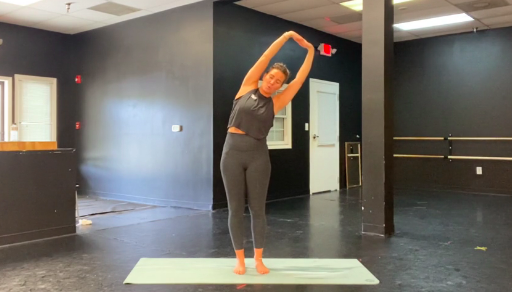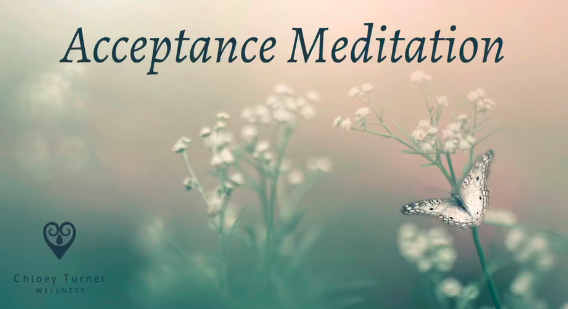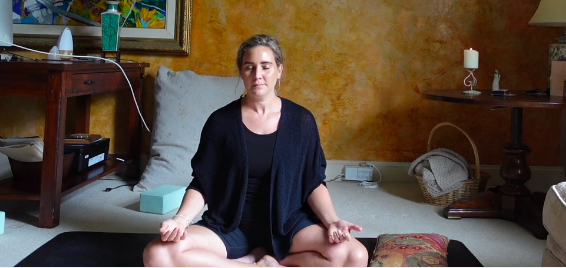I hope this meditation will be good to you. This one I am sat with you versus just recording my voice. The sound I don’t think is perfect, but I do just try to strive for excellence anyway 😉 I’m always interested to hear you thoughts and feedback. So do give me a shout. This meditation is a similar idea to our “leaves on a stream” one. This is my personal favourite! A reminder that thoughts and emotions, like clouds, are ever-evolving, ever-shifting, passing by!
10 minute morning movement
A lovely mini morning flow, which will open up your whole body, whilst giving your hands and wrists a rest.
Acceptance meditation
“Feelings are energy in motion – they let us know that we have unmet needs.”
Gratitude meditation & journal
A short body and breath check-in meditation, followed by inner child gratitude journaling. The perfect way to start or end your day.
Leaves on a stream meditation. Part one.
Cognitive defusion, or defusion, is “the ability to separate from your thoughts and to let them come and go, instead of getting caught up in them, or allowing them to dictate what you do,” (Harris, 2009, p. 6).
Defusion involves creating distance between an individual and his or her thoughts. People learn to step back from their thoughts and view them as mental events passing through the mind rather than absolute truths; to look at rather than from their thoughts. In this way, defusion provides a powerful way to deal effectively with painful, unhelpful or self-defeating thoughts and beliefs. Research has validated the effectiveness of cognitive defusion techniques for psychological wellbeing. For instance, Masuda, Hayes, Sacke and, Twohig (2004) found cognitive defusion reduced both discomfort and believability in self-relevant negative thoughts more so than attempting to distract oneself from or control such thoughts.
The goal of the exercise is to develop the ability to let go of problematic thoughts through practicing cognitive defusion.
Breath work aka pranayama
I guide you through 3 breathwork practices that show up often in my classes: 1: Ujjai breath aka oceanic breath or victorious breath.. When you’re feeling agitated, anxious, or nervous, the slow, concentrated, rhythmic nature of the Ujjayi breath has been shown to be effective in calming the nervous system almost immediately. Studies also reveal that this breath technique balances the cardiorespiratory system. Restoring balance to these two systems helps to release stress, irritation, and frustration. Furthermore, it also calms the mind and body.
2: Nadi Shodhanana, also known as Alternate Nostril Breathing, is a powerful breathing practice with wide-reaching benefits. Nadi is a Sanskrit word meaning “channel” or “flow” and shodhana means “purification.” Therefore, nadi shodhana is primarily aimed at clearing and purifying the subtle channels of the mind-body organism, while balancing its masculine and feminine aspects.
3: Coherent breath.. Super simple, Controlled breathing has been shown to reduce stress, increase alertness and boost your immune system.






